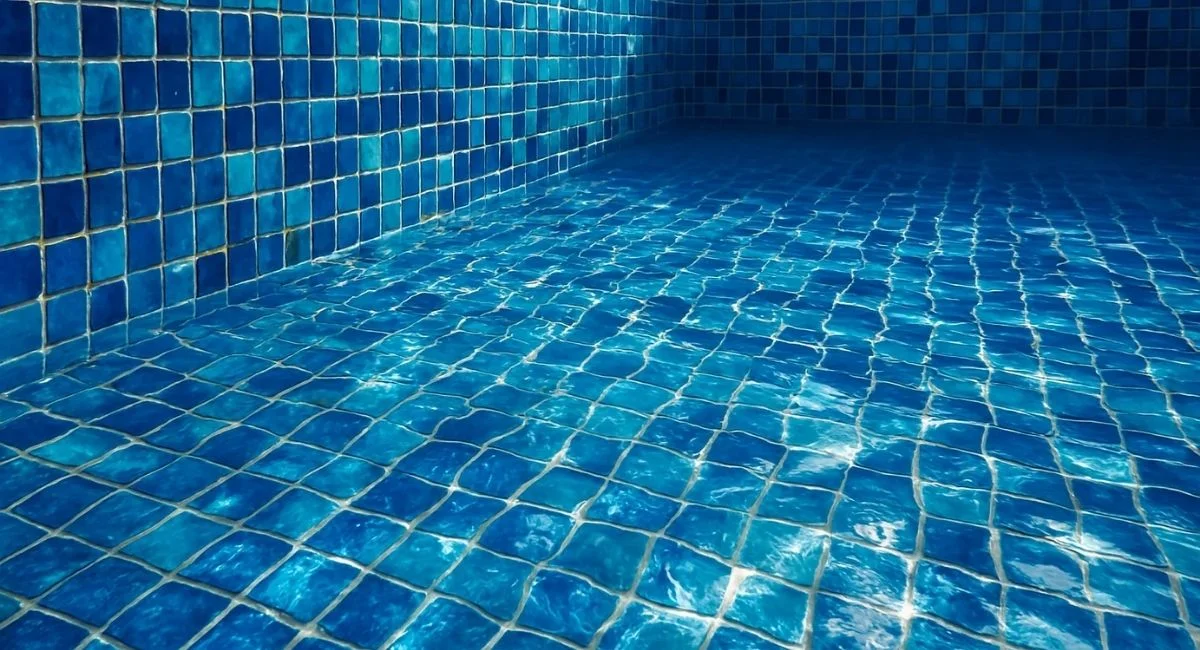
When designing a swimming pool, aesthetics, durability and easy maintenance are the core criteria to consider together. In this context, the selected pool surface material is not just a visual element but also a long-term investment. Porcelain mosaics go beyond the surface appeal of glass mosaics by offering superior advantages in technical durability, hygiene, and sustainability. In this article, we explore why porcelain mosaics are a smarter and more reliable choice.
Features of Glass Mosaics
Glass mosaics offer a shiny and eye-catching look on the surface, yet this aesthetic comes with significant technical drawbacks. These disadvantages can lead not only to structural problems but also to decreased user comfort, higher maintenance costs, and a reduced long-term investment value.
- Brittle Structure: Due to their fragile nature, glass mosaics are prone to deformation over time.
Color Fading: Surface coatings used in open-air pools are directly exposed to UV rays throughout the day. The pigments in glass mosaics gradually deteriorate under this intense exposure. Initially bright and vibrant tones become dull and lose their color integrity within a few seasons. This not only reduces aesthetic appeal but also leads to early re-coating needs, increasing the total cost of ownership.
Water Leakage: Grout joints in glass mosaic installations may harden or crack over time, allowing water to seep beneath the surface and reach the concrete structure. This can result in cracks in the pool shell and corrosion in substructure components.
Surface Hygiene: Although they appear smooth, glass mosaics have microscopic indentations that allow dirt, lime, and microorganisms to adhere. In the warm, humid environment of a pool, algae and bacterial growth is significantly accelerated.

Advantages of Porcelain Mosaics Over Glass Mosaics
- Superior Resistance to Impact and Abrasion: Pools require high resistance to not only water exposure but also to chemicals, thermal variation, and mechanical stress. Porcelain mosaics offer superior resistance to impacts thanks to their dense structure and low water absorption rate. This prevents surface cracking and deformation, extending the service life of the pool.
Color Permanence and Aesthetic Continuity: External factors like sunlight and water chemistry can affect the appearance of surface materials over time. Porcelain mosaics are produced using UV-resistant color technologies, maintaining their initial brightness and vibrancy for many years. Unlike glass mosaics, fading is not an issue.
Minimum Maintenance, Maximum Hygiene: The porous structure of glass mosaics attracts lime and organic residue, requiring frequent cleaning. In contrast, the non-porous and smooth surface of porcelain mosaics repels water and resists algae and bacterial growth. This reduces both cleaning time and maintenance costs while protecting user health.
Conclusion: A Reliable Surface for a Flawless Swimming Experience
While glass mosaics may meet certain aesthetic preferences, surface materials in a pool—an area exposed to extreme conditions—must deliver much more than visual appeal. When factors such as service life, easy maintenance, hygiene, color stability, and environmental responsibility are taken into account, porcelain mosaics emerge as a smarter and more functional solution.
At Serapool, our porcelain pool mosaics promise not only elegance but also technical superiority, sustainability, and long-term performance. Because a pool surface should be not only visually appealing at first glance, but also impressive for years to come.
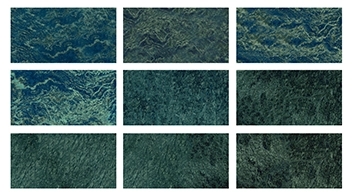
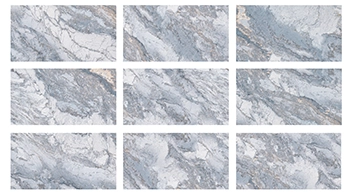
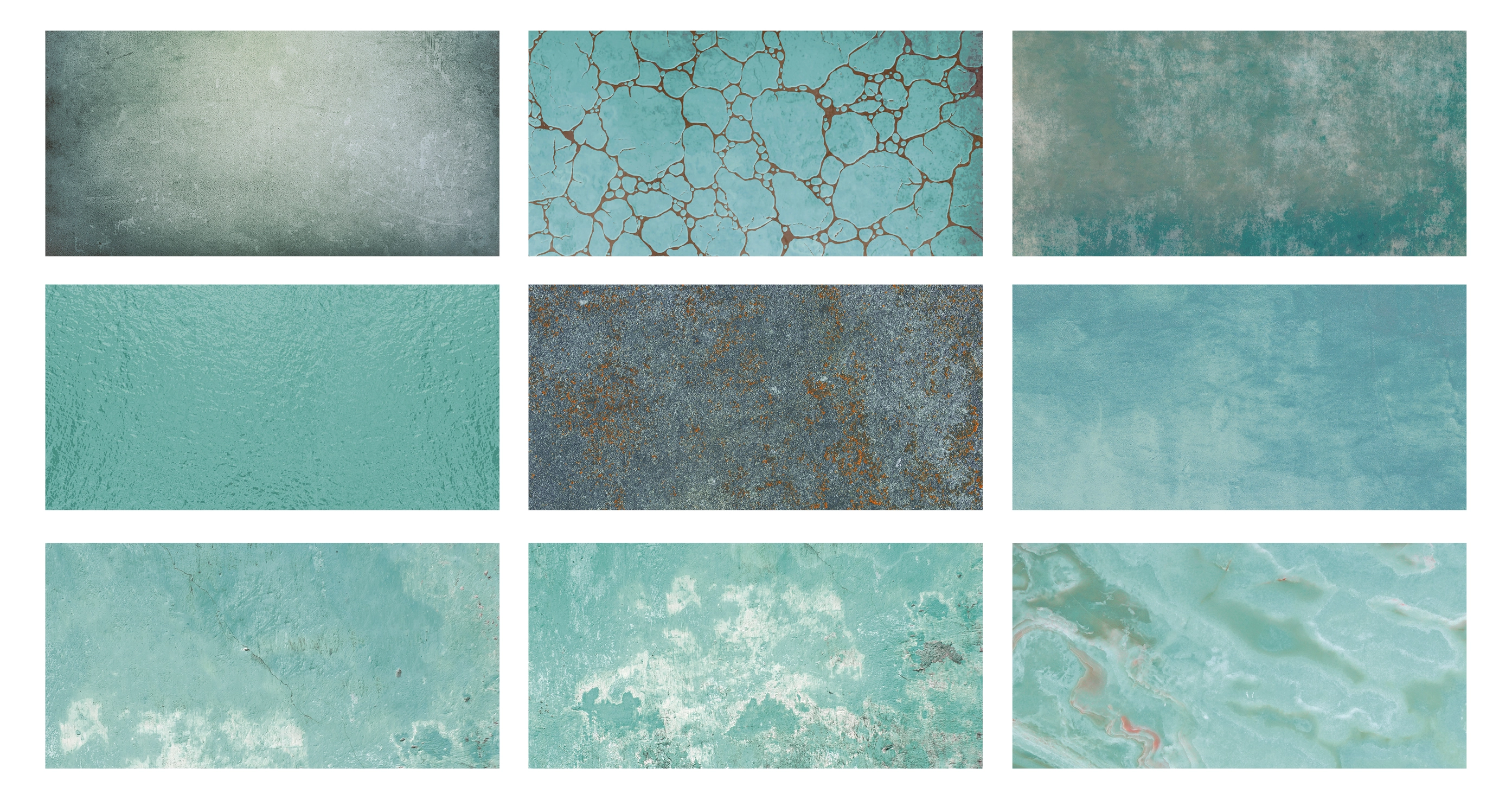
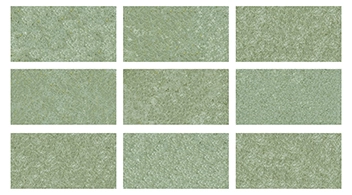
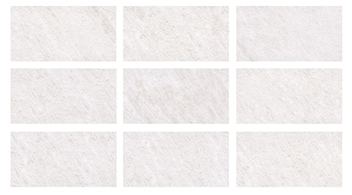
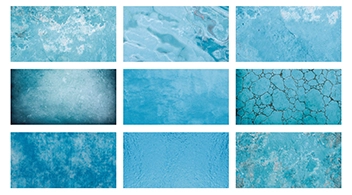
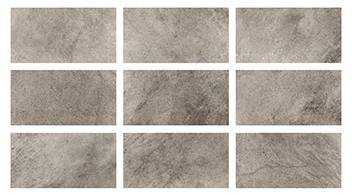

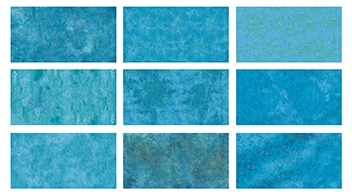
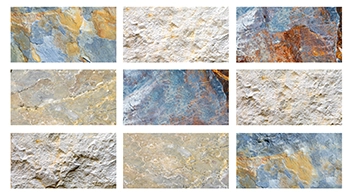
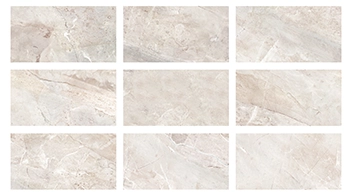
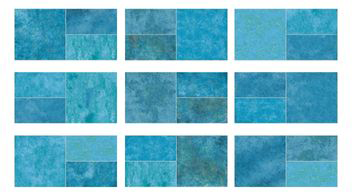
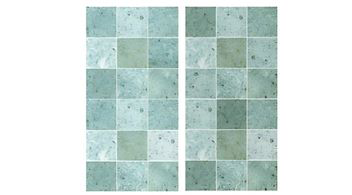
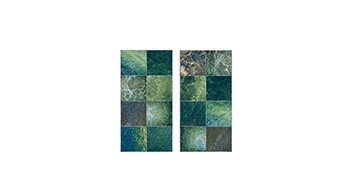
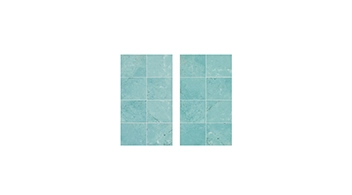

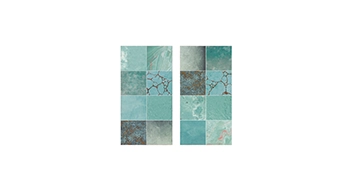
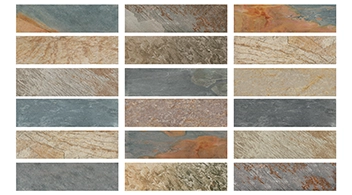
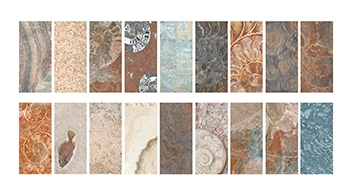
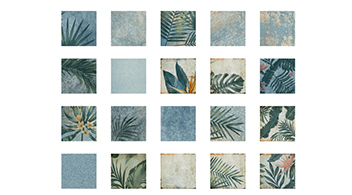
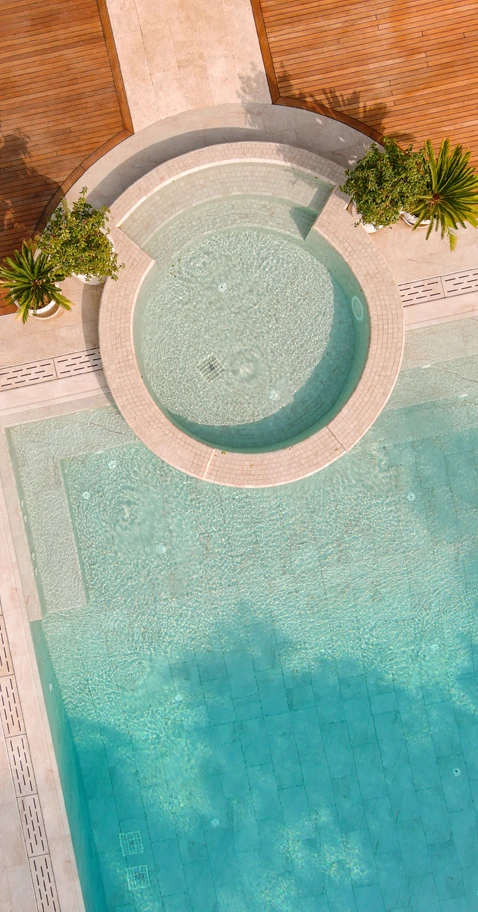



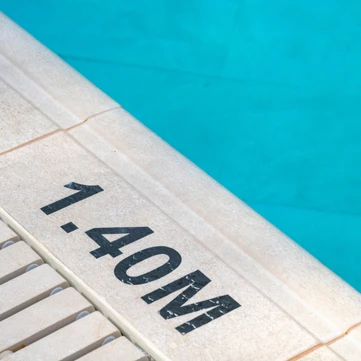
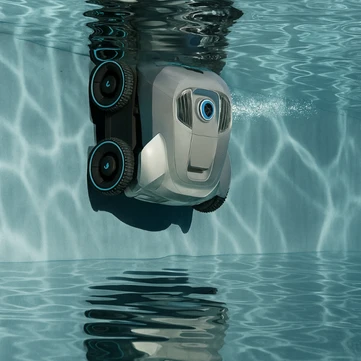
.webp)